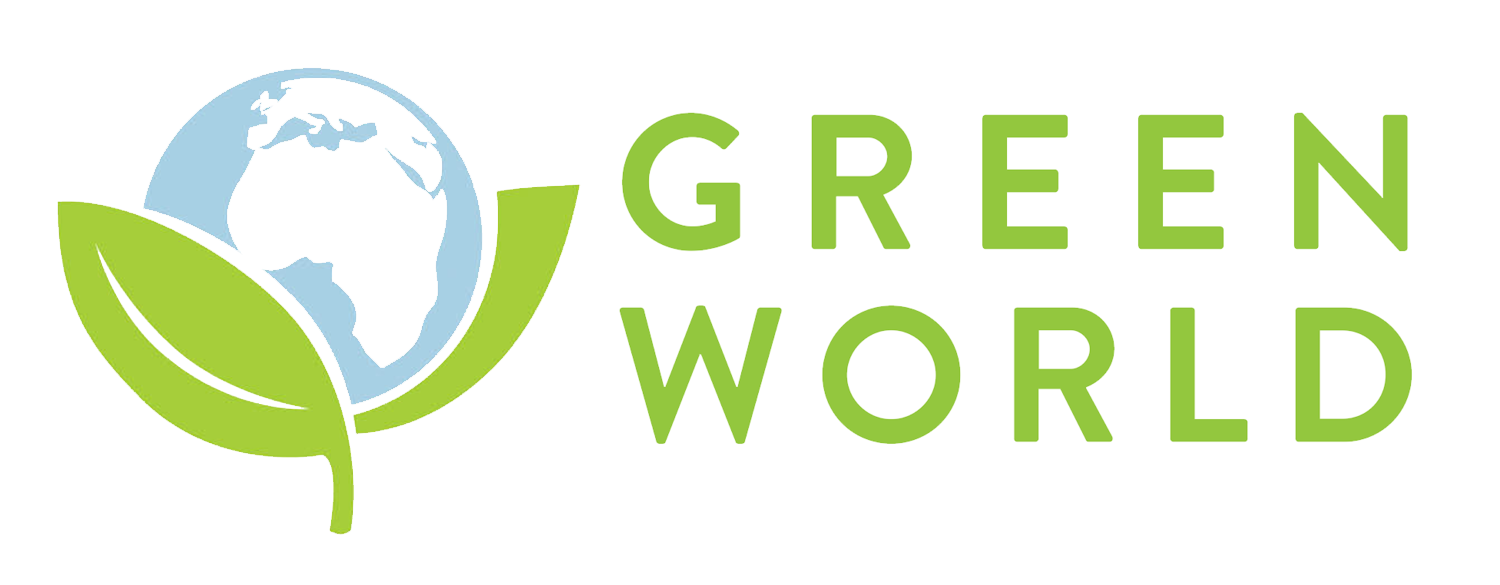Green Charcoal Exchange Visit
After working for years in northern Kenya with the Rumuruti Forest Association, a community of 5000 farming families dedicated to preserving and conserving their endangered woodlands, we were delighted to have their chairperson Dickson Kamau come to visit GWC communities on the Coast. We had arranged to teach Dickson's group how to produce "green" charcoal from agricultural waste with awardwinning M.I.T.-based group Takachar, and now he was returning the favor by agreeing to teach hundreds more farmers how to make charcoal without cutting down trees and with much less greenhouse gas emissions.
Dickson traveled about 12 hours on bus and worked with local farmers to first acquire used oil drums then to cut and solder them into kilns. He also made a hand-press for briquette-making out of spare pipe materials. After two demo kilns were assembled in Mombasa, they loaded them onto a TukTuk (a 3-wheeled auto richshaw) for a 3-hour journey into rural Kenya. There they met with a large community eager to learn.
After discussion and some preparation, the villagers all brought in their discarded maize husks and cobs. These were loaded into the kiln and set ablaze (with a newly designed hood to cut emissions of particulates). After about 30 minutes of low oxygen cooking in the kilns, everything but the carbon remained, leaving the cobs looking as black as normal charcoal. These black remains were mashed up and combined with local clay soil as a binder, then pressed into the shape of small cylinders and left to dry. Presto--"green charcoal"!
This method is over twice as efficient as traditional charcoal burning techniques , and hence drastically reducing particulate matter into the atmosphere.(This benecial impact is amplified by the use of the charcoal in the "clean" cookstoves that are part of GWC's program). Today the group is making their own charcoal and drastically reducing their need for tree cutting.
It's another example of GWC's holistic approach, which looks at interlocking cause-and-effect to create synergistic and scaleable solutions, in this case to widespread problem of communities cutting trees for fuelwood for use or sale. Our strategic partners the Kenya Red Cross is eager to have us bring this technique to another 5000 farmers in the area, and we are working to fundraise for this opportunity which, in conjunction with our other "re-greening" programs, will help us achieve our goals of landscape restoration, poverty alleviation, food security, and climate change adaptation.

